Spice is the most beautiful part of the culinary world. It will transport you to an aromatic realm and awaken your senses with colors, flavors, and intoxicating aromas. There are over 1000 types of spices in the world, but we are going to learn about 14 basic spices that you must know if you want to start your culinary journey.”
Here are the list
1. Salt

Scientific name is sodium chloride (NaCl). When used in food, especially in the form of a natural crystalline mineral, salt is also known as rock salt. Some of the earliest evidence of salt processing dates back to around 6000 BC, when people living in the area of present-day Romania boiled spring water to extract salts; a salt works in China dates to approximately the same period. Salt is essential, as we all know. It helps make food tasty and balances the taste. For a cook, it’s important to know the proper use of salt. There are different types of salt:
- Kosher Salt
- Table Salt
- Fleur De Sel
- Sea Salt
- Celtic Sea Salt
- Flake Salt
- Pink Salt
- Black Salt
- Red Salt
- Black Lava Salt
- Brining Salt
- Flavored Salt
2. Cardamom
Scientific name is Elettaria cardamomum. Cardamom is commonly used in food and beverages for flavoring, as a spice, and also as a medicine. You can also use cardamom in powdered form. There are two types of cardamom:
- True or green cardamom

- Black cardamom
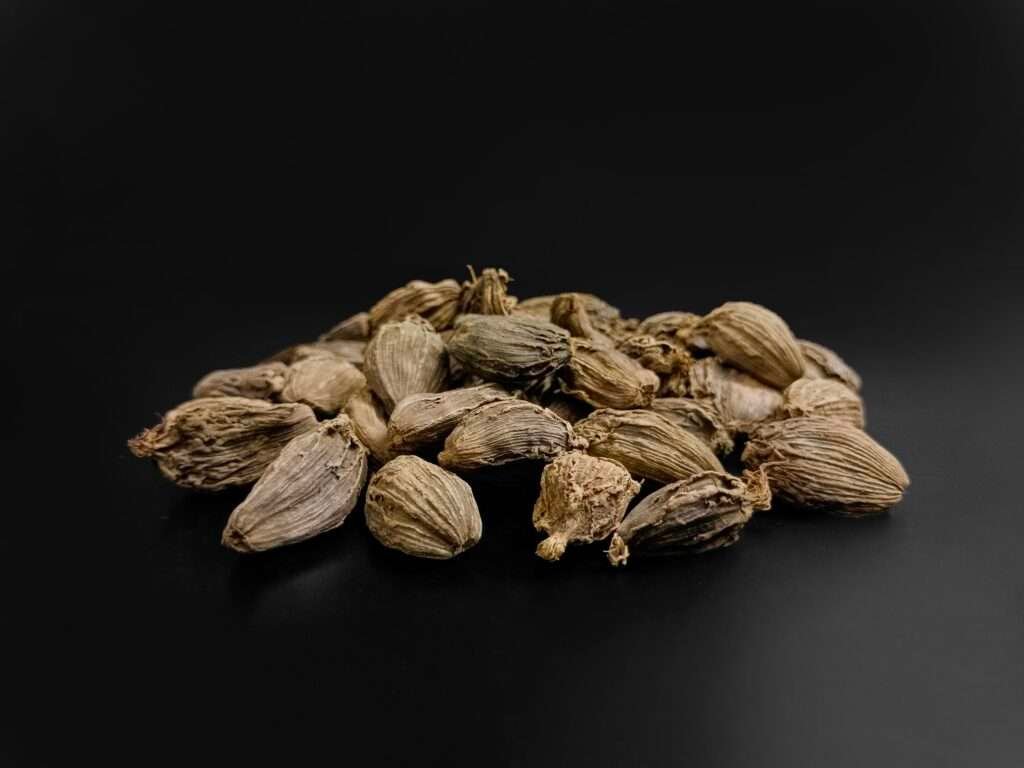
3. Cinnamon

Scientific name is Cinnamomum verum. It basically comes from a tree that can reach more than 15 meters (49 feet) in height. Cinnamon is used mainly as an aromatic condiment and flavoring additive in a wide variety of cuisines, sweet and savory dishes, breakfast cereals, snack foods, bagels, teas, hot chocolate, and traditional foods.
4. Clove

It comes with a very interesting scientific name “Syzygium aromaticum.” Cloves have a very strong mouth-freshening flavor. They are the aromatic flower buds of a tree in the family Myrtaceae. Cloves are used in the cuisine of Asian and Middle Eastern countries, lending flavor to meats, curries, and marinades, as well as fruits like apples, pears, and rhubarb. Cloves may be used to give aromatic flavor qualities to hot beverages, often combined with other ingredients such as lemon and sugar. Cloves are one of the “four sibling spices,” along with cinnamon, cardamom, and star anise.
5. Star Anise
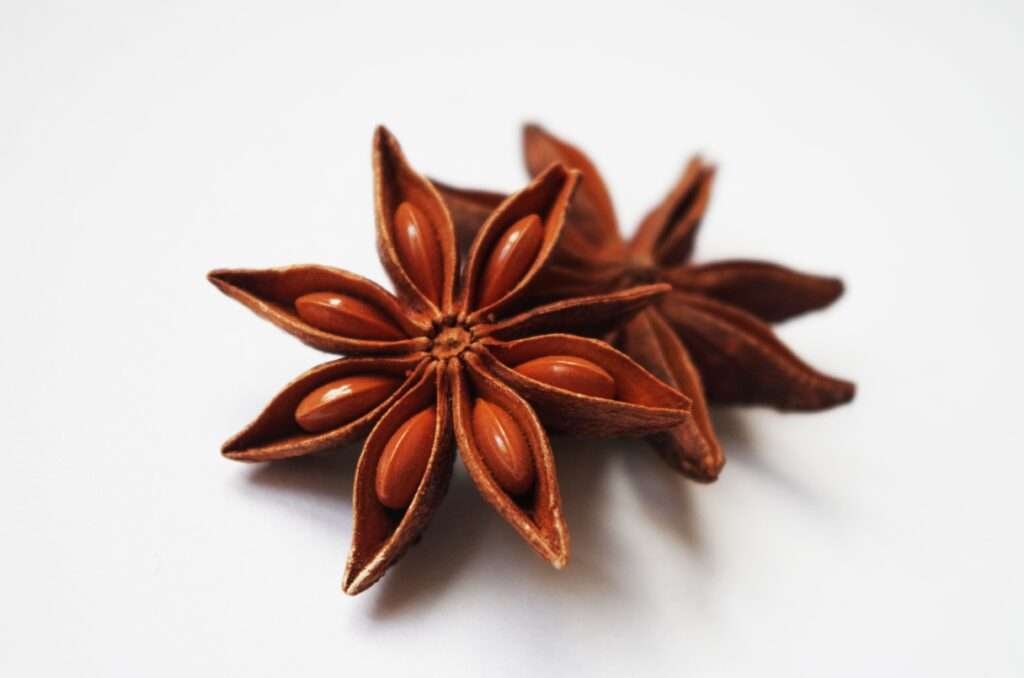
“Illicium verum” is the scientific name of Star anise. This beautiful star-shaped spice comes from a medium-sized tree native to northeast Vietnam and South China. Star anise oil is a highly fragrant oil used in cooking, perfumery, soaps, toothpastes, mouthwashes, and skin creams. It is used as a spice in the preparation of biryani and masala tea across the Indian subcontinent. Additionally, it is widely used in Chinese cuisine, as well as in Malay and Indonesian cuisines.
6. Bay leaf

Scientific name “Laurus nobilis.” The bay leaf is an aromatic leaf commonly used as an herb in cooking. It can be used whole, either dried or fresh, in which case it is removed from the dish before consumption, or less commonly used in ground form. The flavor that a bay leaf imparts to a dish has not been universally agreed upon, but most agree it is a subtle addition.
7. Black pepper

Scientific name is “Piper nigrum.” Black pepper is a flowering vine in the family Piperaceae, cultivated for its fruit (the peppercorn), which is usually dried and used as a spice and seasoning. Black pepper is the world’s most traded spice and is one of the most common spices added to cuisines around the world. Black pepper, basically processed peppercorn, comes in a variety of colors, any one of which may be used in food preparation.
- White pepper
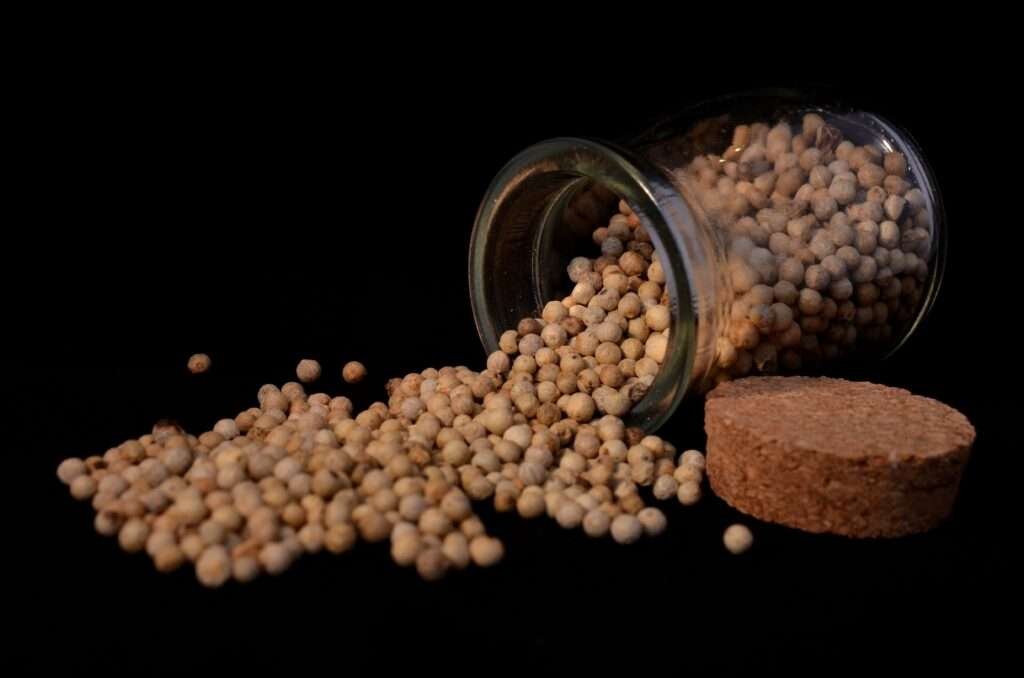
White pepper consists solely of the seed of the ripe fruit of the pepper plant, with the thin darker-colored skin (flesh) of the fruit removed.
- Green pepper

Green pepper, like black pepper, is made from unripe drupes. Dried green peppercorns are treated in a way that retains the green color.
- Red peppercorn

Red peppercorns usually consist of ripe peppercorn drupes preserved in brine and vinegar. Ripe red peppercorns can also be dried using the same color-preserving techniques used to produce green pepper.
8. Cumin seed

Cumin has a very cute scientific name called “Cuminum cyminum.” Cumin is a flowering plant in the family Apiaceae, native to the Irano-Turanian Region. Its seeds, each one contained within a fruit, which is dried, are used in the cuisines of many cultures in both whole and ground form. Cumin seed is used as a spice for its distinctive flavor and aroma. Cumin can be found in some cheeses, such as Leyden cheese, and in some traditional breads from France. It’s also used in powder and paste form.
9. Coriander seeds
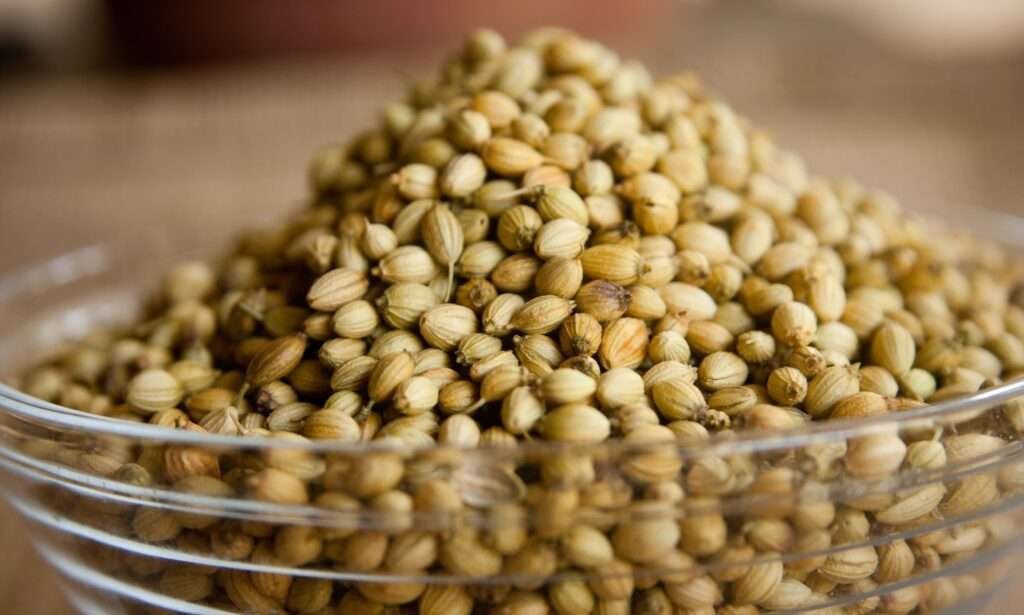
Scientific name is “Coriandrum sativum”, also known as cilantro, is an annual herb in the family Apiaceae. Fresh leaves and dried seeds are the most commonly used in cooking, but all parts of the plant are edible, and the roots are an important element of Thai cooking. Coriander is used in cuisines throughout the world. It’s also used in powder and paste form.
10. Turmeric
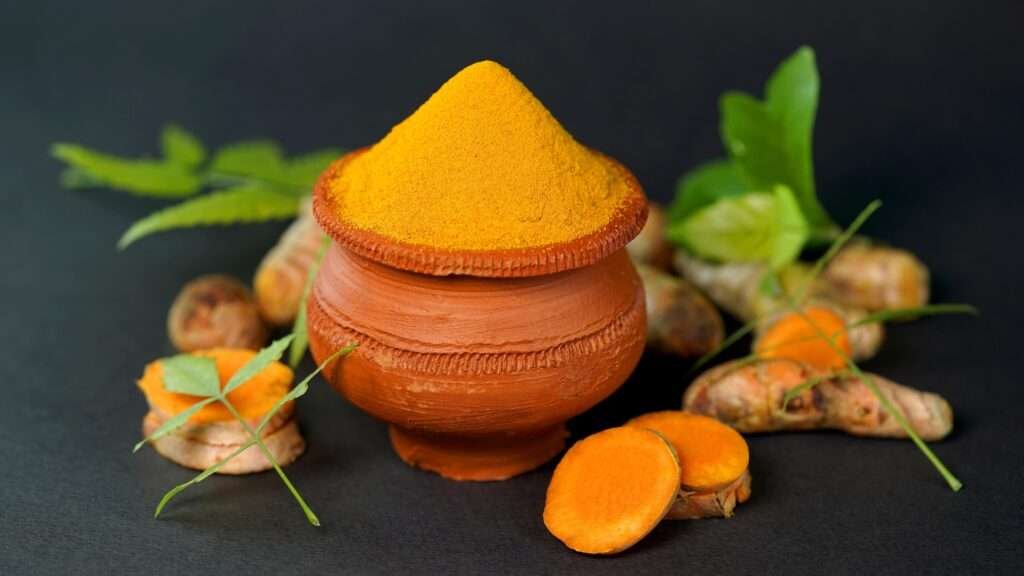
The most used spice in the Indian subcontinent scientifically called “Curcuma longa.” Turmeric has immense health benefits. Turmeric is one of the key ingredients in many Asian dishes, imparting a mustard-like, earthy aroma and pungent, slightly bitter flavor to foods. It is used mostly in savory dishes but also in some sweet dishes, such as the cake sfouf. It’s mostly used in powder form in cooking.
11. Ginger
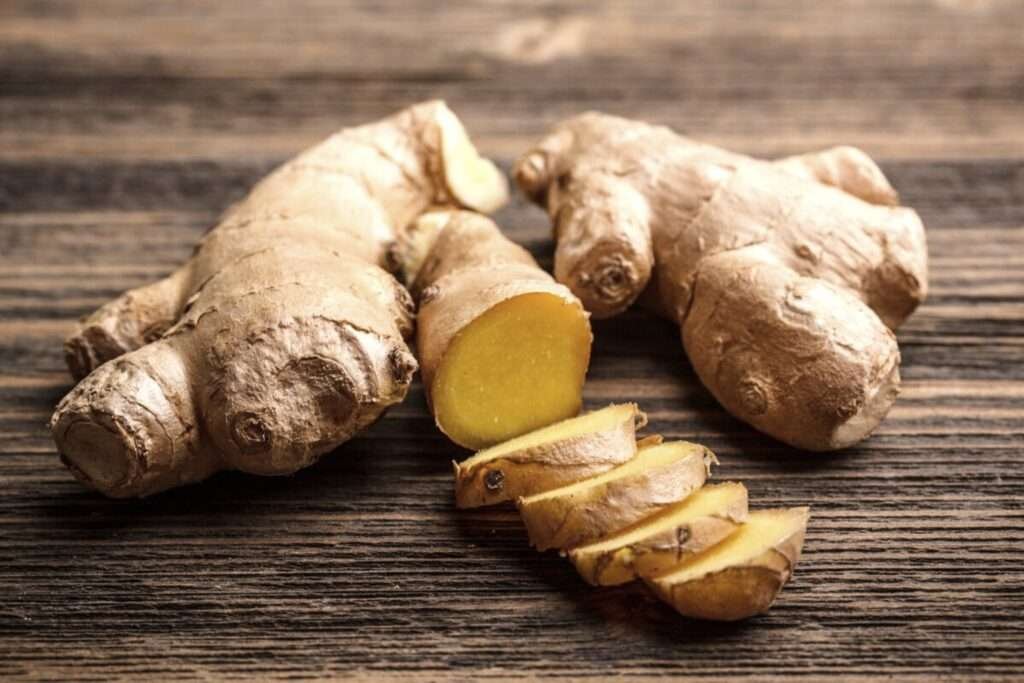
“Zingiber officinale” is a flowering plant whose rhizome, ginger root or ginger, is widely used as a spice and folk medicine. Ginger is in the family Zingiberaceae, which also includes turmeric, cardamom, and galangal. Ginger originated in Maritime Southeast Asia and was likely domesticated first by the Austronesian peoples. The first written record of ginger comes from the Analects, written by the Disciples of Confucius in China during the Warring States period (475–221 BCE). Ginger is a common spice used worldwide. It can be used in a variety of food items such as vegetables, candy, soda, pickles, and alcoholic beverages. Ginger is a fragrant kitchen spice and can be steeped in boiling water to make ginger herb tea, to which honey may be added. Ginger is commonly used in paste form.
12. Garlic
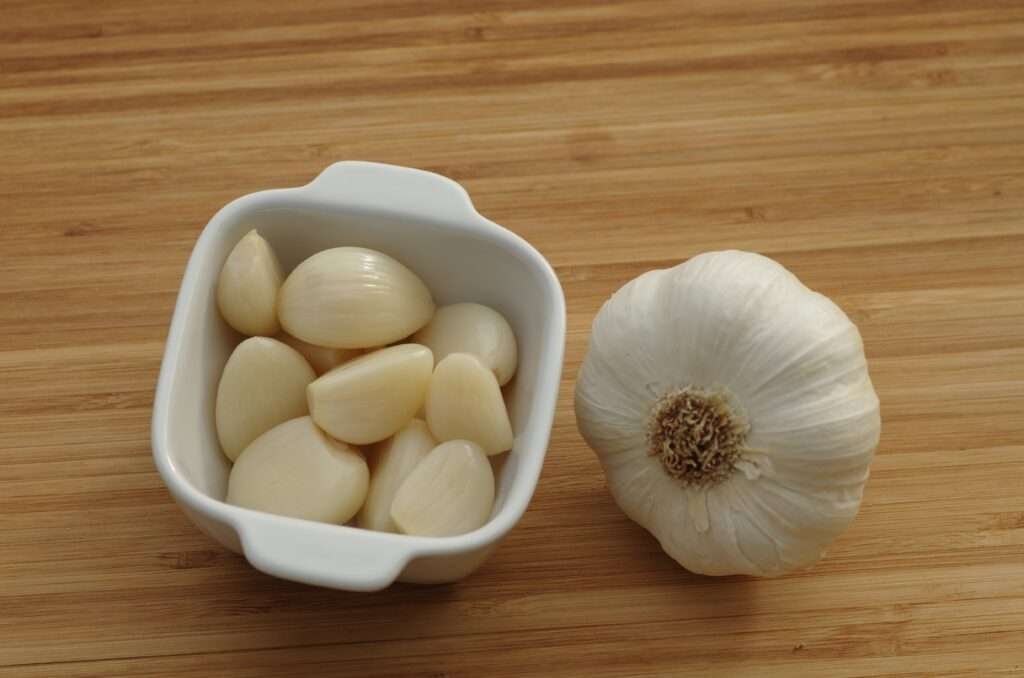
The word “garlic” derives from Old English, “garlēac,” meaning “gar” (spear) and “leek,” as a ‘spear-shaped leek’. It is native to South Asia, Central Asia, and northeastern Iran and has long been used as a seasoning worldwide, with a history of several thousand years of human consumption and use. It was known to ancient Egyptians and has been used as both a food flavoring and a traditional medicine. China produced 73% of the world’s supply of garlic in 2021. Garlic is commonly used for flavoring, and garlic pickle is a delicious dish. “Allium sativum” is the scientific name.
13. Red or dry chili

The most exotic spice, scientifically called “Capsicum annuum,” is commonly used in both powdered and whole forms. Capsicum annuum is a fruiting plant from the family Solanaceae (nightshades), within the genus Capsicum, which is native to the northern regions of South America and southwestern North America. The plant produces berries of many colors, including red, green, and yellow, often with a pungent taste. Essentially, when green and ripe, they turn red, at which point they are harvested from the plant and dried in sunlight.

14. Onion
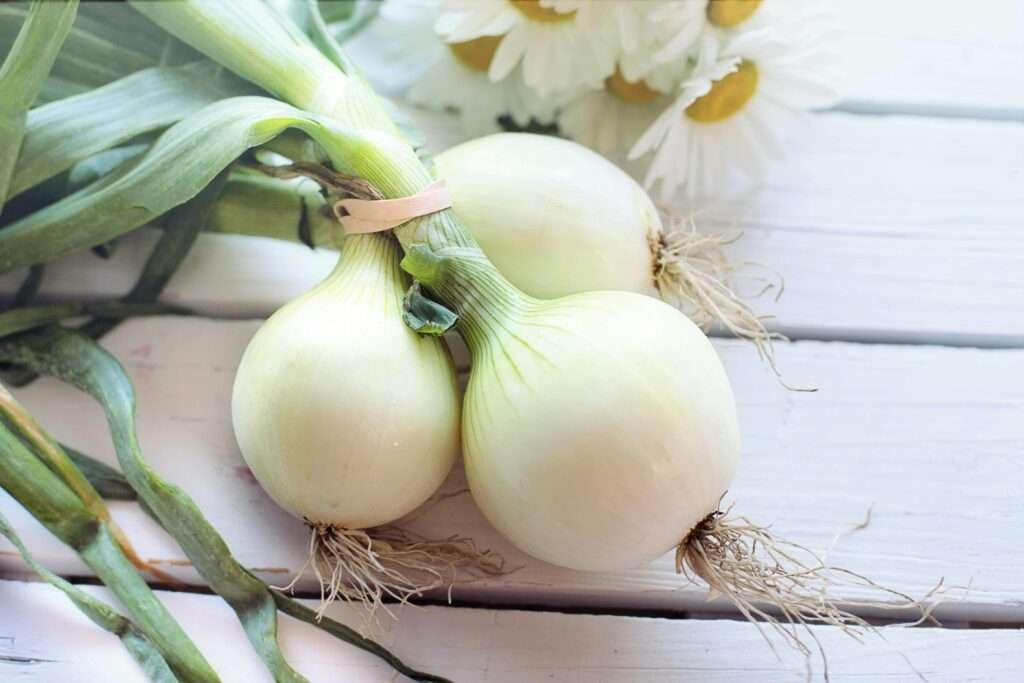
Scientific name is “Allium cepa.” Onions are commonly chopped and used as an ingredient in various hearty warm dishes, and may also be used as a main ingredient in their own right, for example in French onion soup, creamed onions, and onion chutney. They are versatile and can be baked, boiled, braised, grilled, fried, roasted, sautéed, or eaten raw in salads. Their layered nature makes them easy to hollow out once cooked, facilitating stuffing them, as in Turkish sogan-dolma.
So, those were the commonly used spices in cooking. I will now bring another blog about exotic and rare spices in the world.
